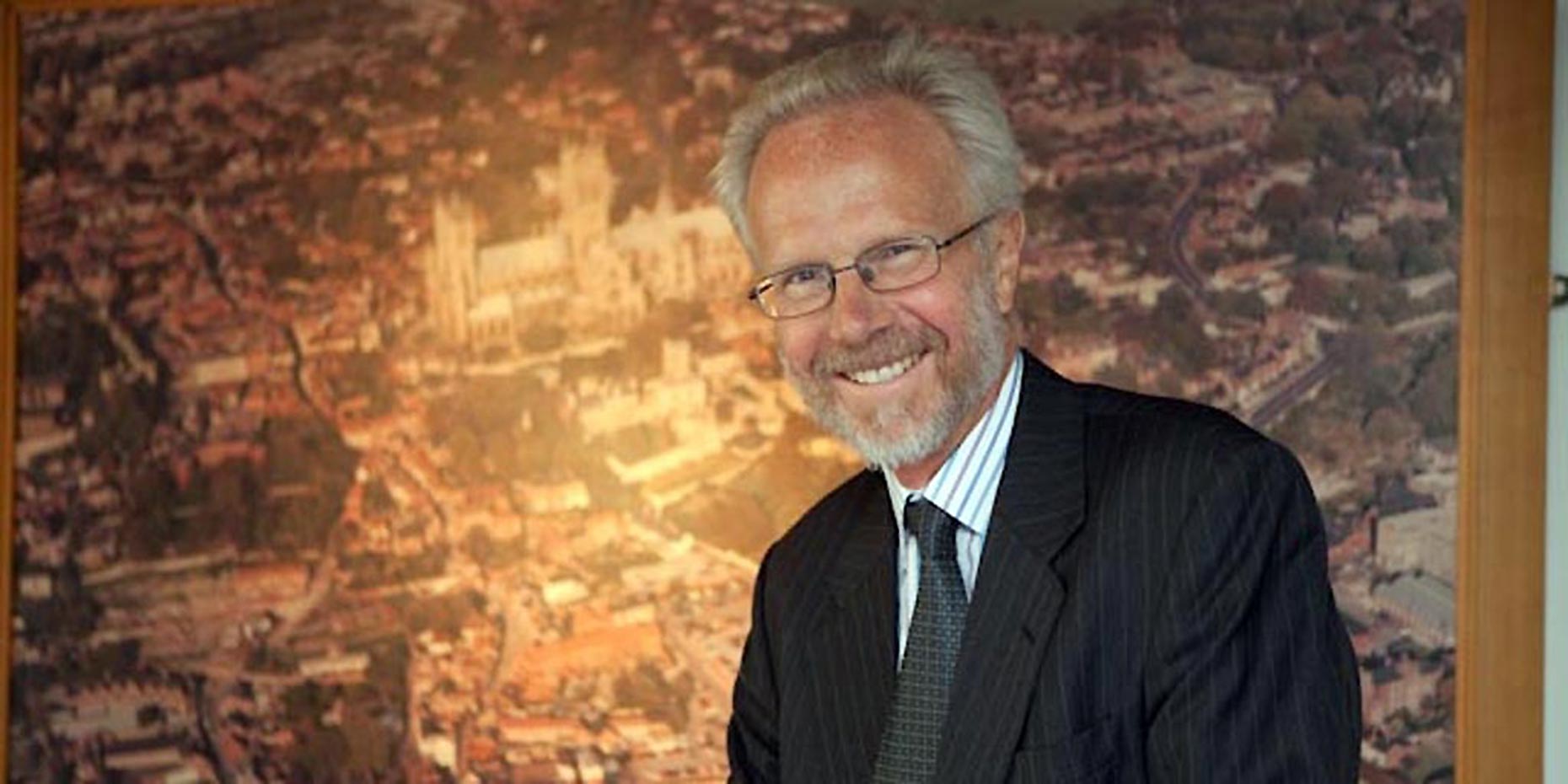My grandfather, Alfred Hamlyn Williams, was born in 1831, the year the Reform Bill was introduced to Parliament. When the Bill became an Act it began the process of injecting a note of realism into parliamentary democracy which has continued through the emancipation of women to the universal franchise we enjoy, or are supposed to enjoy, today.
In May of 2015 there will be another test of this enjoyment when we will see just how many of those eligible actually vote in the general election. There is a disconnect between the paper and the practice.
Disconnection can be traced back to the document which many assert is the bedrock of democracy, Magna Carta. In 2015 we celebrate the 800th anniversary of the sealing by King John of this charter of some 3,500 words written in medieval Latin, which, but for the serendipity of history, may have been forgotten.
Claire Brey, the curator of the Magna Carta exhibition at the British Library, told Dr David Starkey, in his TV programme on Magna Carta, about the phone calls she receives on a fairly regular basis from members of the public who think they have been treated unfairly, asking how they might quote Magna Carta in the particular argument they are having.
Of course she has to reply that it probably can’t help, nevertheless the complainants are right in seeing this ancient document representing fairness in the face of oppression.
The story of the big charter, as opposed to the smaller charter of the forrest, was all about English Barons seeking to temper the excessive demands of their king, John. The story continues that, no sooner had it been sealed, King John ran to the Pope to have it annulled.
On February 5, 2015 the House of Lords staged an exhibition of the four remaining engrossments of Magna Carta, which they placed alongside the Reform Act and the Petition of Right. I was lucky enough to be invited to the exhibition and I was struck in a number of quite different ways.
The four engrossments look different, but David Carpenter, in his new book Magna Carta, assures us that their wording is almost identical. The manuscripts are written in tiny neat letters and I couldn’t help thinking of the painstaking care that the clerks must have taken in producing their art, for art it is.
I was then drawn to the thinking by Lincolnshire’s Archbishop Langton and others, painstakingly built over many years, which arrived at the view of kingship and the exercise of power that Magna Carta expresses. These ideas were hedged in by a great deal of detail about the particular arguments of the Barons, but at its heart there was a delicate green shoot of how societies should function. My wonder is how it survived.
Magna Carta was reissued and revised many times in the thirteenth century and finally ‘became law’ in 1297, although some will argue that, with legal ‘time’ beginning only in 1189, Magna Carta was itself an iteration of Common Law.
The parliament exhibition of the Petition of Right was the next stop on the journey. This was again an argument about kingship. The Stuarts sought to assert that they were kings by divine right. The Petition of Right, challenged this and it was further and significantly tempered by the Bill of Rights of 1689 under which William and Mary came to the British throne.
With the work of the great seventeenth the century lawyer, Sir Edward Coke, we move across the Atlantic and see Magna Carta quoted in the foundation documents of many States and indeed in the US Constitution itself.
I was lucky enough to attend the academic symposium run alongside the exhibition of Magna Carta at the Library of Congress in Washington. The exhibition pointed with great clarity to the way Magna Carta has been viewed in the US over two centuries, rather than getting bogged down too much in its origins. For the founding fathers, there was no doubt that bad King John was then bad King George.
In the USA, the power of the President is tempered by the Constitution; in Britain the power of the Government is tempered by Parliament. This is where disconnections come.
In reality President Obama has his power tempered, not by the Constitution, but by Congress with the effect of stalemate. UK Governments have their power tempered, not by Parliament, by fear of non re-election in effect by a minority of electors, that is unless more of us exercise our power.
But it is more than this, as David Starkey pointed out, both governments ignore the core principles of Magna Carta with their assertion of the right to imprison terrorist suspects without trial.
In her insightful short radio programme, Helena Kennedy took a slightly tangential view and saw governmental power tempered by corporations which outmuscle most nation states, principally the massive financial institutions and internet providers.
So, where does this leave us? In this country, with an urgent need for all electors to use their vote in putting pressure on government to adhere to Magna Carta, but, as importantly, to stand up to the shadowy corporate King Johns of the 21st century.
Phil Hamlyn Williams is a writer and Chair of Trustees at Lincoln Drill Hall and the Lincoln Book Festival. He was Chief Executive of Lincoln Cathedral. He spent twenty five years in the accounting profession with ten years as a partner in Price Waterhouse. He then worked in management and finance in the charity sector.






